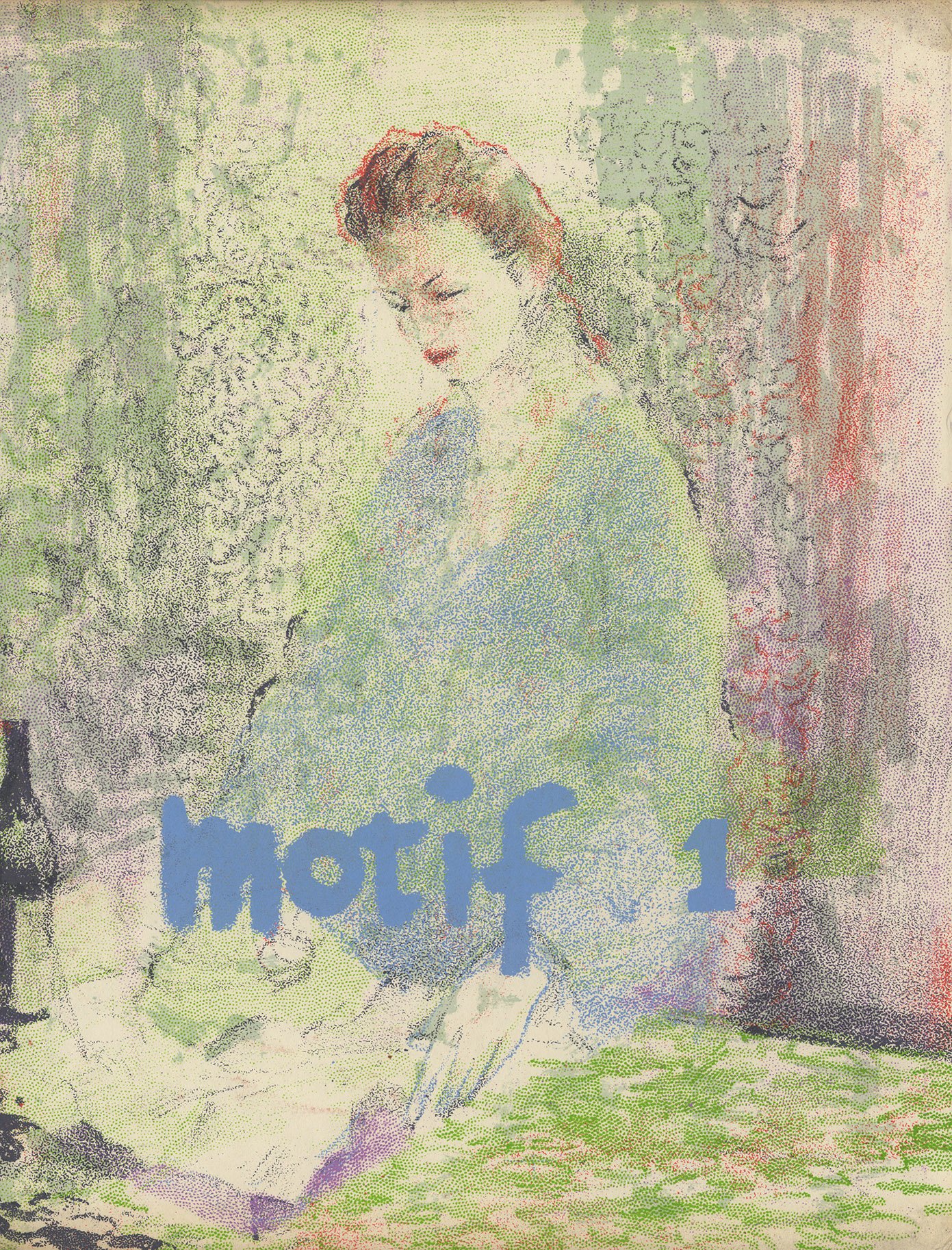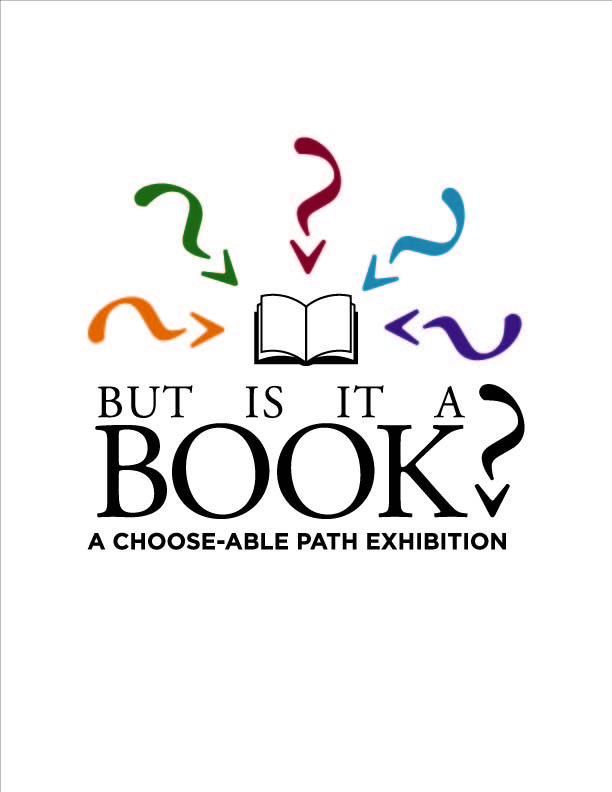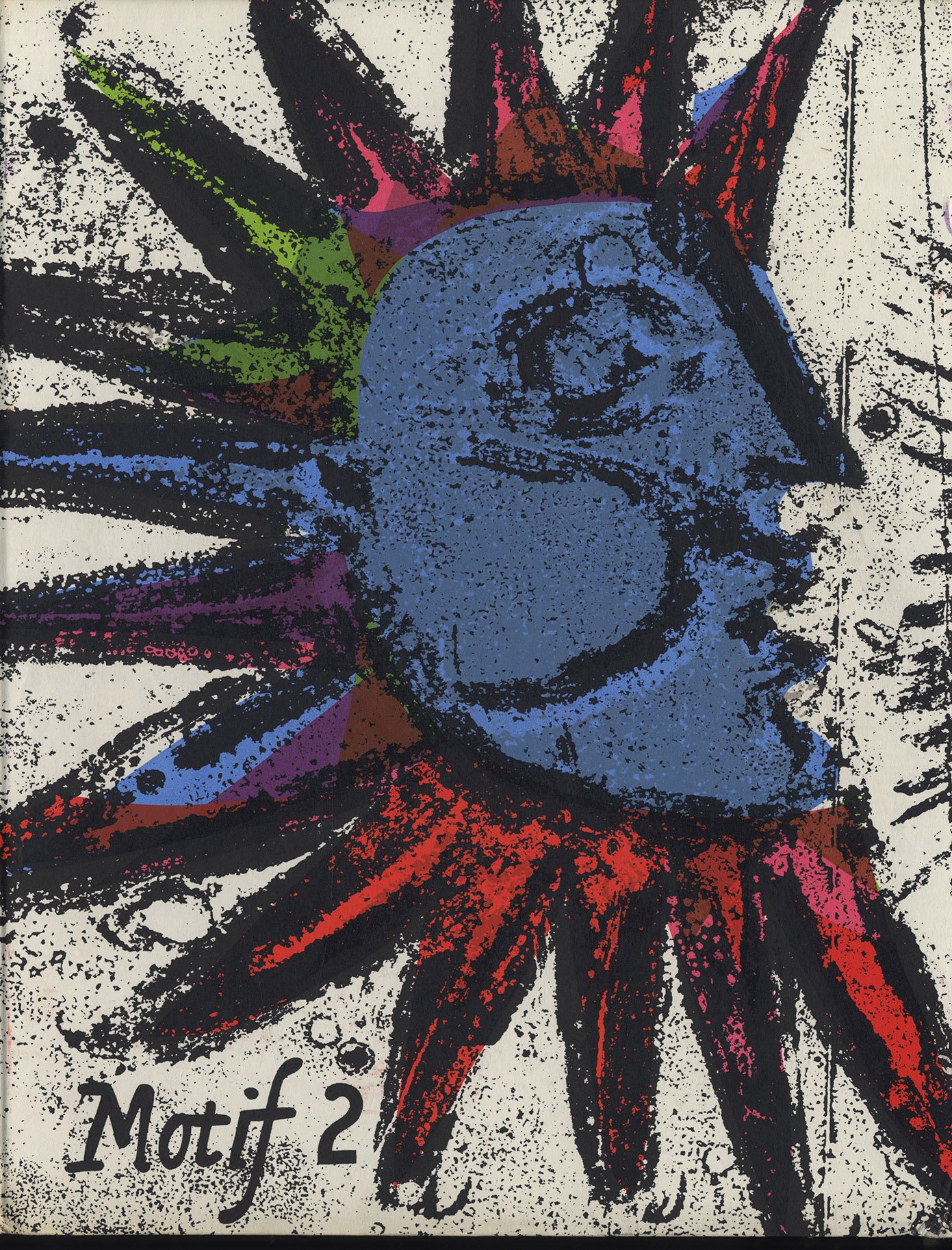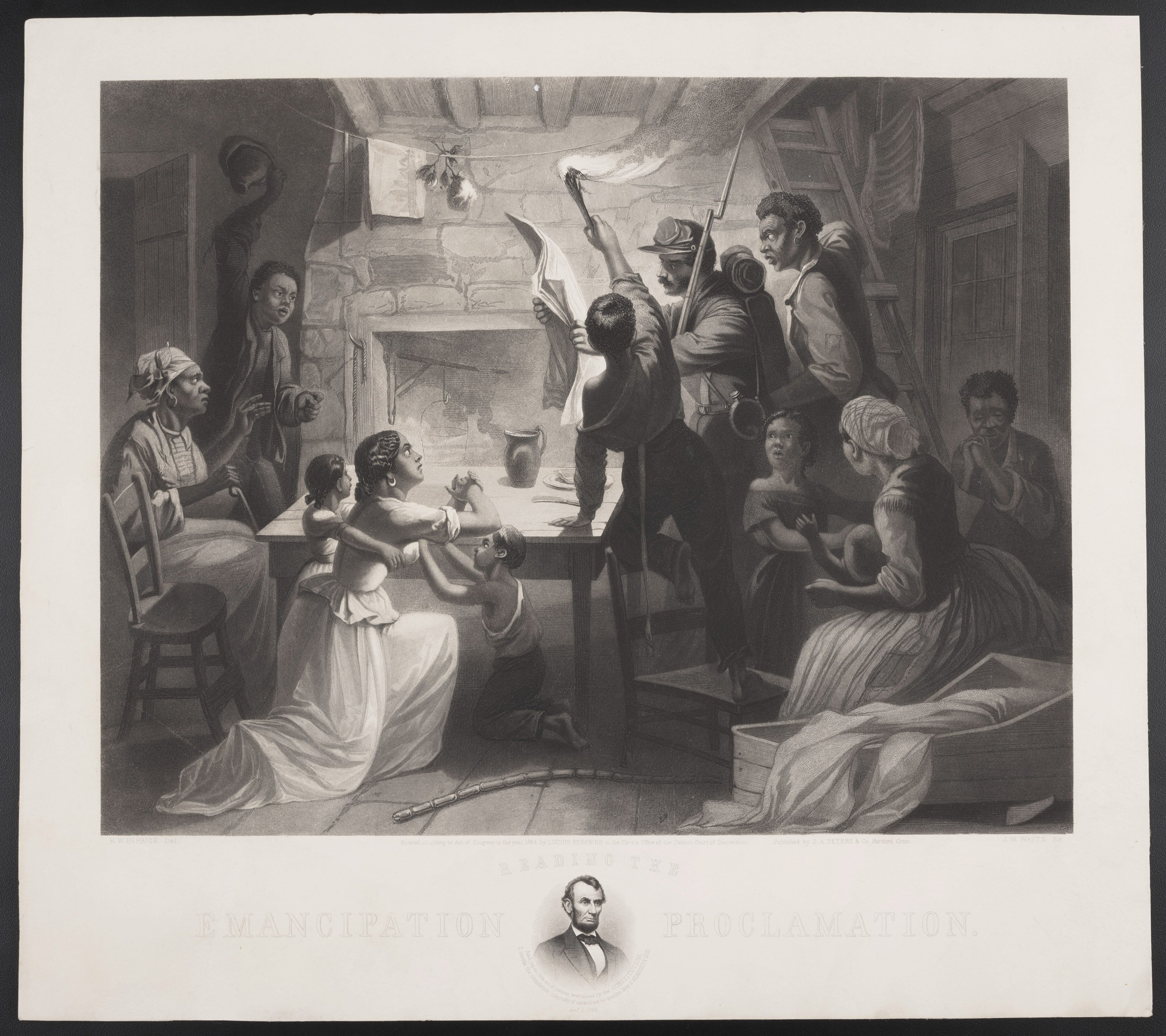What Is a Book?
The qualities that signal “bookness”—format, shape, binding, pages, text—are easily taken for granted. What is a book, exactly? At its essence, a book is a medium for recording and conveying information. But does it have to have a material embodiment? If so, what kind? And can a book be something else, such as art? Can a piece of artwork be a book, too? The objects here and throughout the exhibition invite you to consider the attributes that make a book a book, and how books work in different contexts and cultures.

Motif
London: Shenval Press, 1958-1967
N1.M68 c. 3 Rare
Gift of Professor Neil Harris and Teri J. Edelstein
Journals and magazines, unlike books, are published in periodical format. But magazines are often referred to as “books” by their publishers. Motif was published three times a year from 1958 to 1962 and then annually until 1967. Thirteen volumes in total, Motif is a striking platform for the visual and book arts. This particular copy is bound in six volumes in the publisher’s decorated paper bindings, contained in faux-woodgrain slipcases. From outward appearances, Motif manifests very much like a book.
Henry Walker Herrick
Hartford, CT: S. A. Peters & Co., 1864
Gift of the William E. Barton Library of Lincolniana
When this engraving based on the painting by Henry Walker Herrick was published by Lucius Stebbins in 1864, it was accompanied by a pamphlet detailing the figures, their relationships to one another, as well as the domestic scene, perhaps in an attempt to guide the reading and interpretation of the broadside and situate it as a text marking the significance of emancipation in both U.S. and world history.



